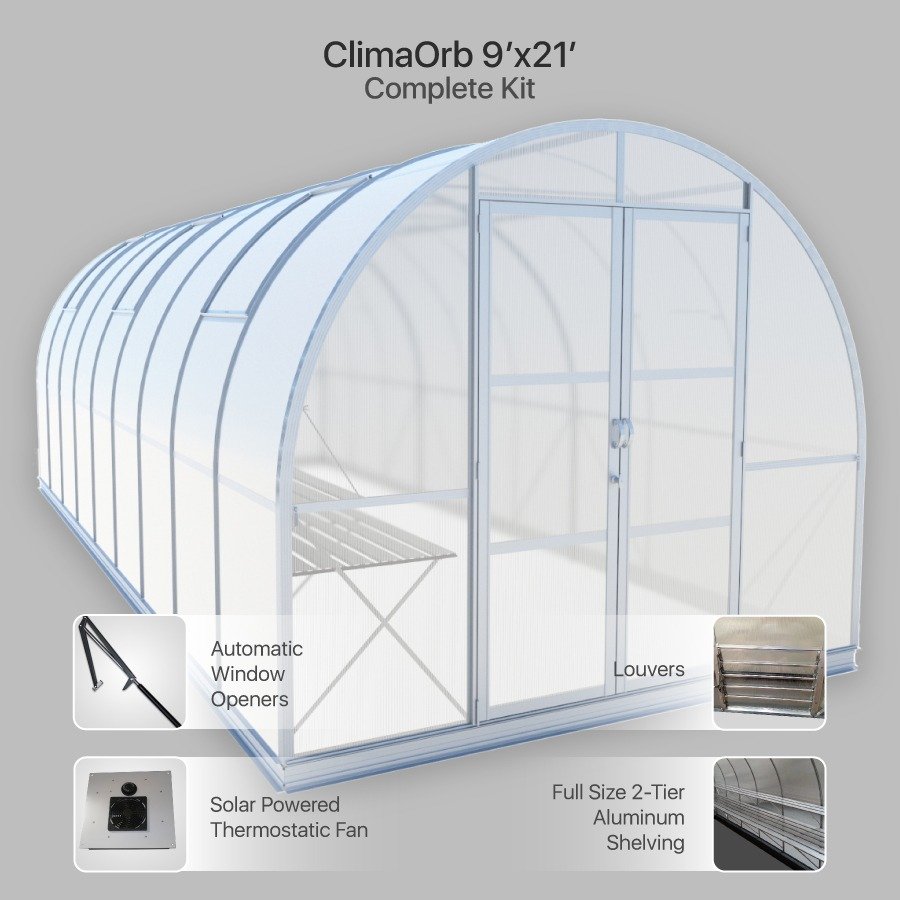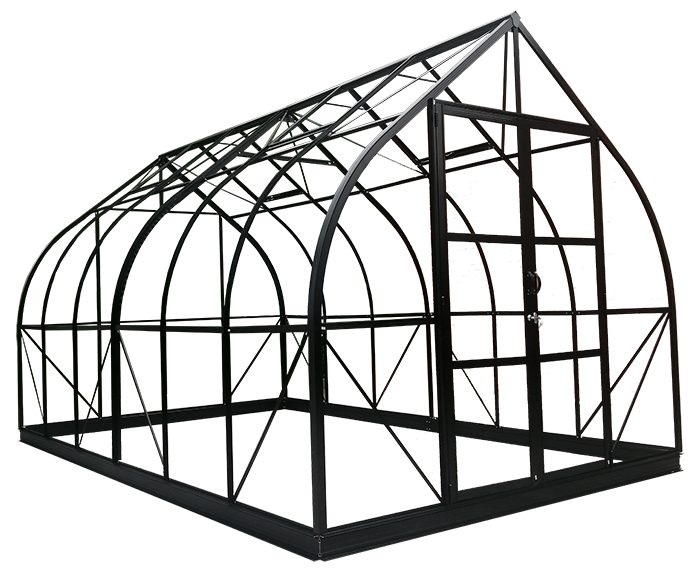What do you think a greenhouse looks like? A wooden “house” covered with a transparent film? A tall building with a rounded roof? Or a small greenhouse made up of old window frames? In fact, all these are types of greenhouses. They extend the harvest season, increase the overall productivity of the site, but at the same time they look different and even differ in operational characteristics.
Shape of greenhouse
The first thing that catches your eye is the shape of the greenhouse. There are several options:
- arched (including wall-mounted);
- straight-walled (with a single or gable roof);
- teardrop;
- pyramidal;
- Mitlider’s greenhouse
Arched design (tunnel greenhouses) – the most common today. It is convenient because the snow rolls off it under its own weight, reducing the load on the frame. Installation close to the wall of the house or outbuildings is possible. In this case, material is saved, a smaller area is occupied on the site.

Straight-walled models look like a neat house with translucent walls. They usually have a gable roof, but there are options with a single-pitch roof.
A feature of teardrop-shaped structures is a teardrop-shaped roof. It is considered the most effective in “fighting” snow loads – fresh snow practically does not linger on the roof and walls, maintaining the integrity of the frame and cladding.

The pyramid greenhouse is the choice for areas with limited free space. Experimental design, which is used for “overexposure” of seedlings.
Finally, Mitlayder’s is the most unusual version of greenhouses. This design was developed by US agronomist Jacob Mittleider. Its innovation lies in the different levels of roof slopes, which, in combination with a long transom, provide effective ventilation.

Greenhouse frame
The frame of the greenhouse can be made of wood, PVC pipes or metal. The first two materials are chosen for homemade structures. The metal frame is a classic of ready-made factory models.

The frame itself can be solid or collapsible. Collapsible is convenient because of its mobility – such a structure can be removed for the winter and transported to another site.
Coating material
The types of greenhouses are often determined by the covering material:
- film;
- glass;
- polycarbonate.
Polyethylene film is the most common covering for homemade greenhouse structures. This is an accessible material that is quite easy to work with. However, it cannot be called durable – most likely, such covering will have to be changed more than once, even if you choose reinforced film.
Glass, as a cladding, is known to most summer residents from classic greenhouses made from window frames. It transmits light well and accumulates heat. But this property can cause a problem – overheating of the internal space, causing plant burns.
Garden classics are gradually being replaced by polycarbonate greenhouses (polycarbonate history). Cellular polycarbonate sheets, despite their plasticity, are very durable and can withstand snow and wind loads. They diffuse natural light, maintaining a favorable microclimate for plant development. The downside is the need to protect hollow honeycombs from moisture and dust.
Now you know what types of greenhouses there are, and you can choose the best option for your site – from an experimental pyramid greenhouse with a film coating to an tunnel greenhouse with polycarbonate covering.
